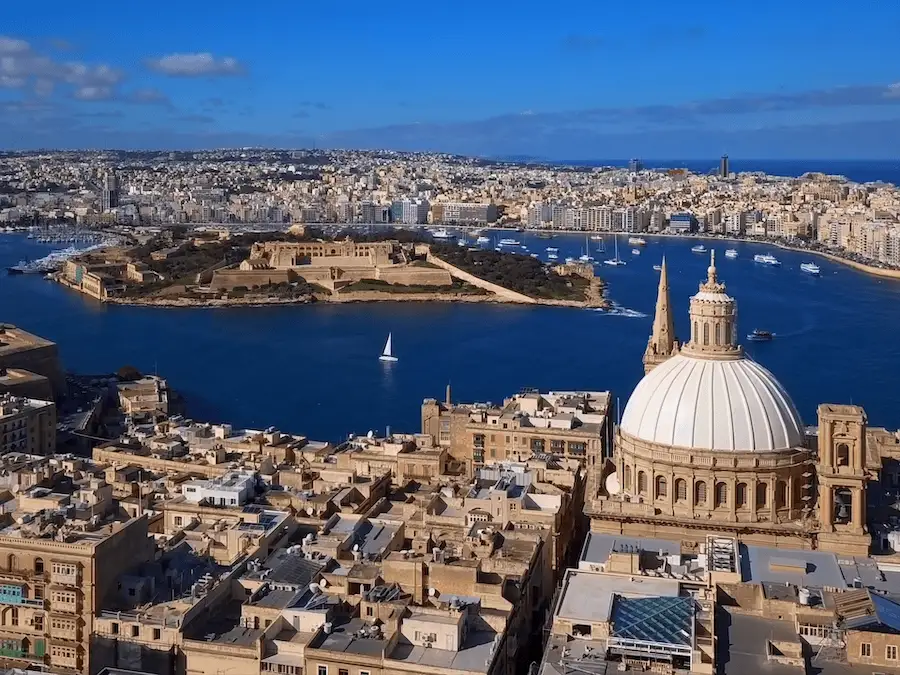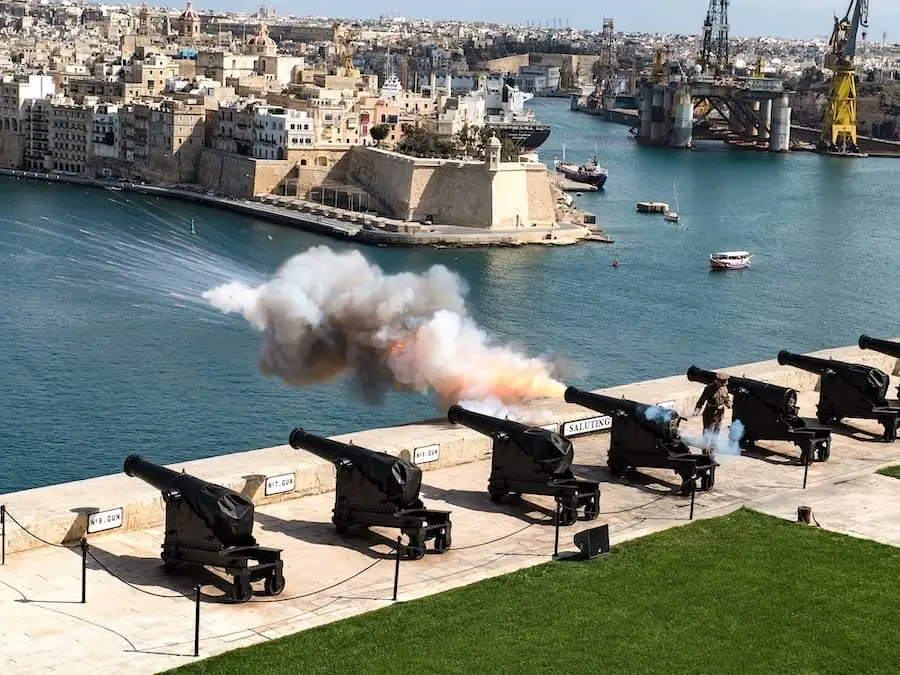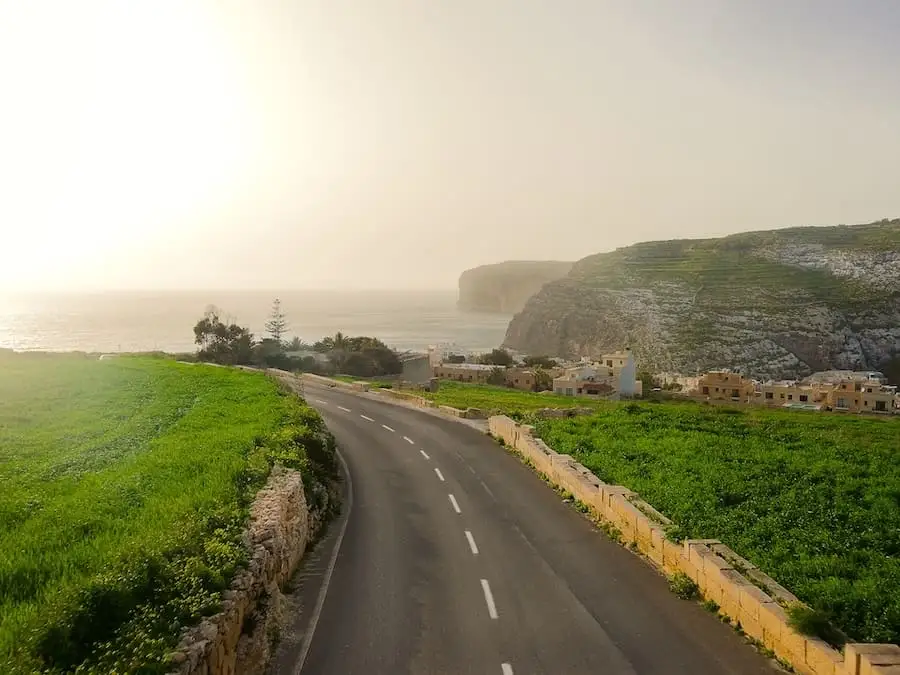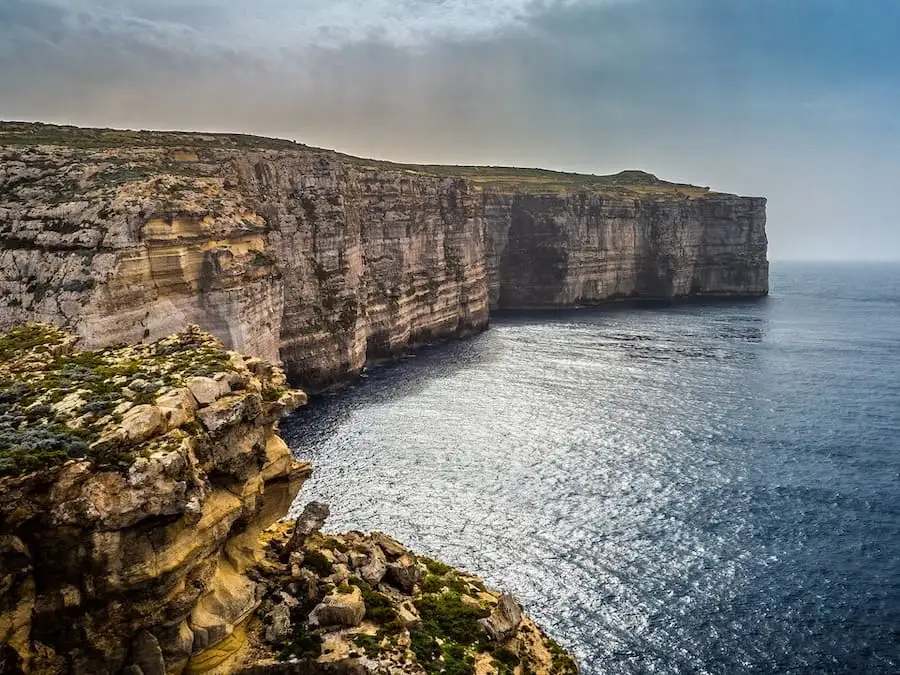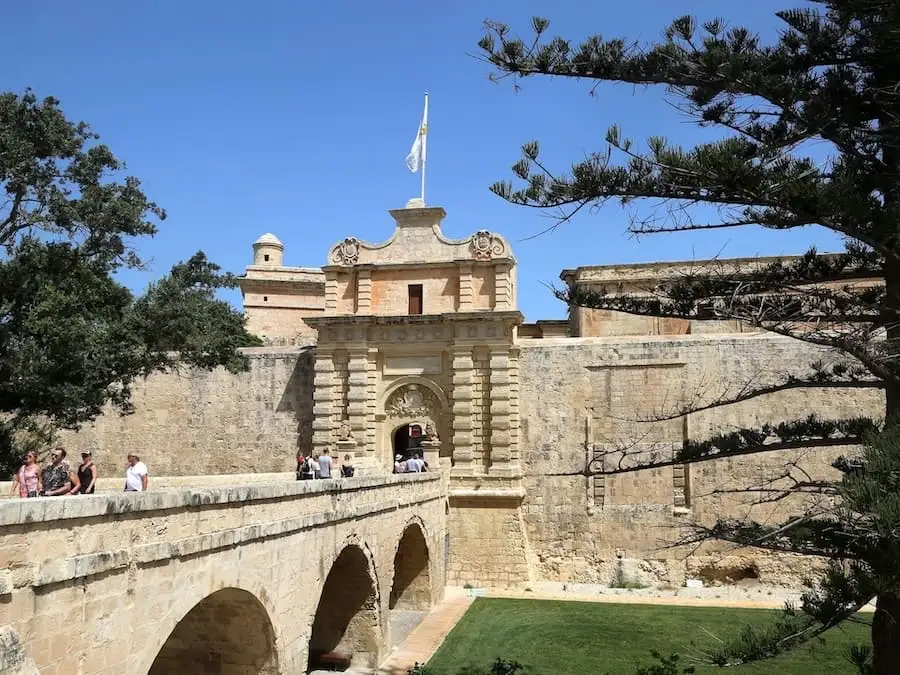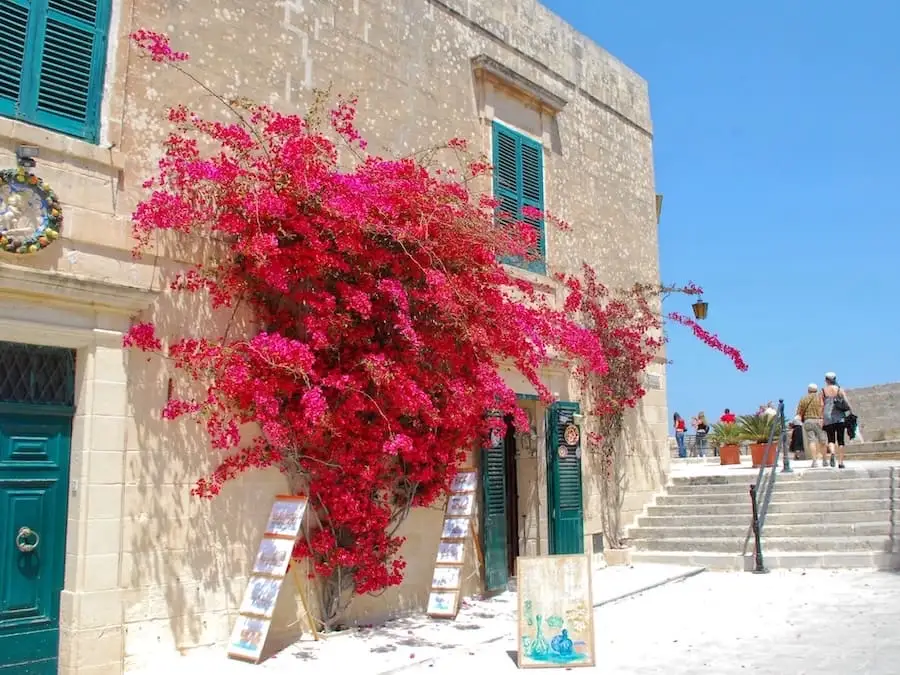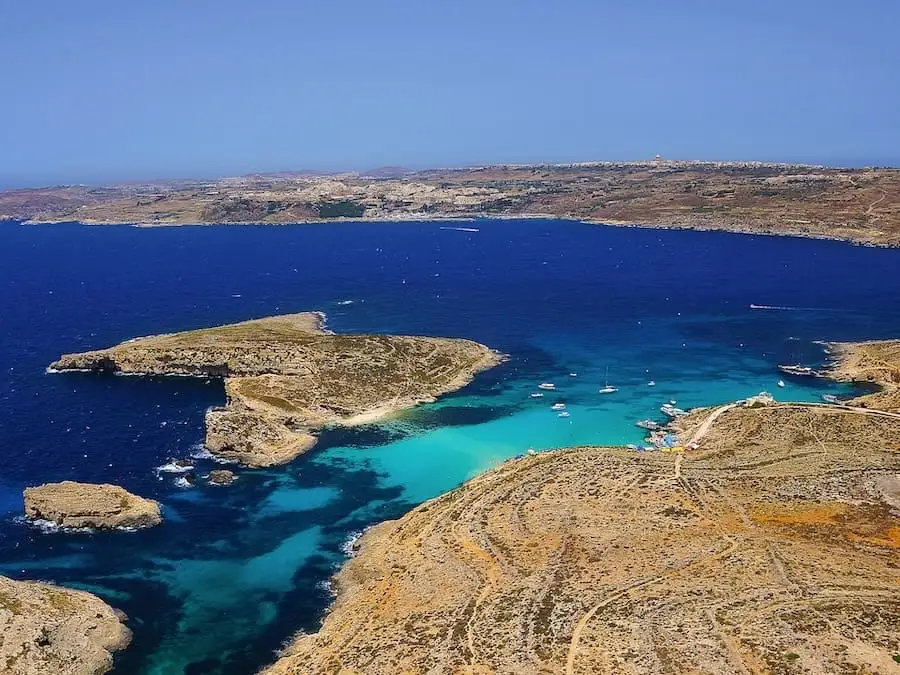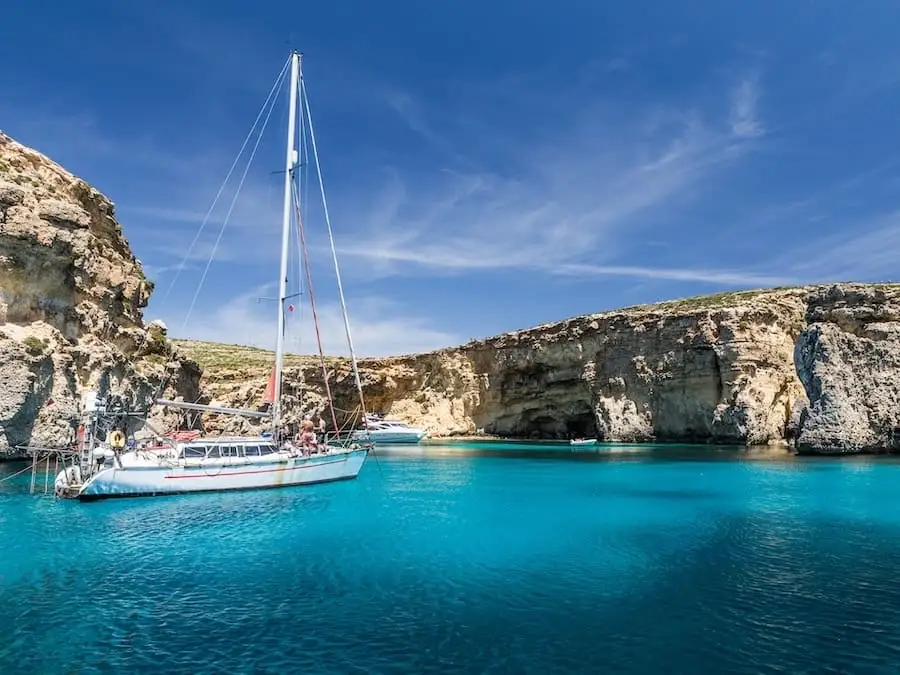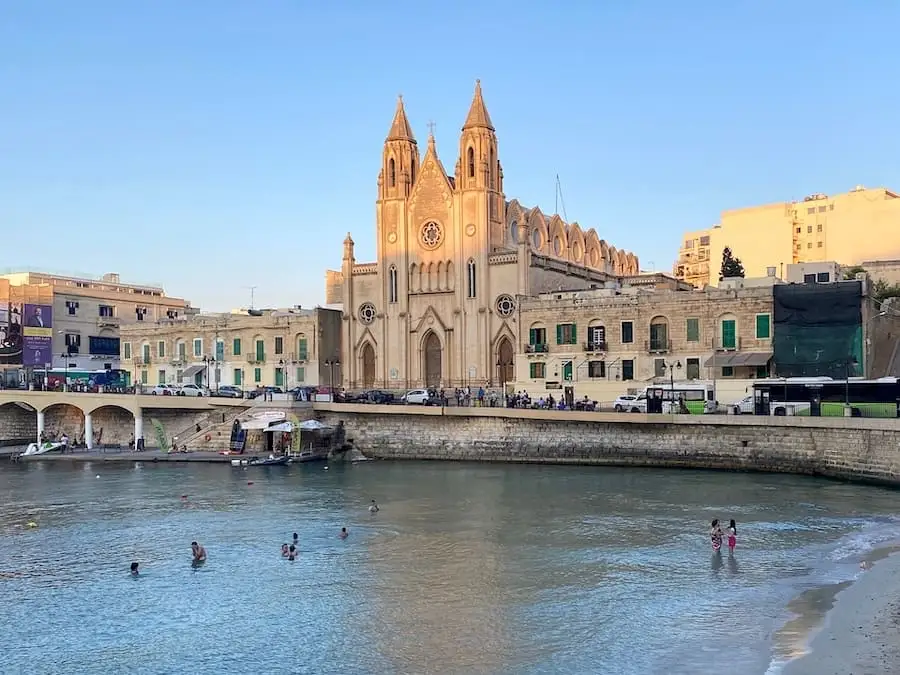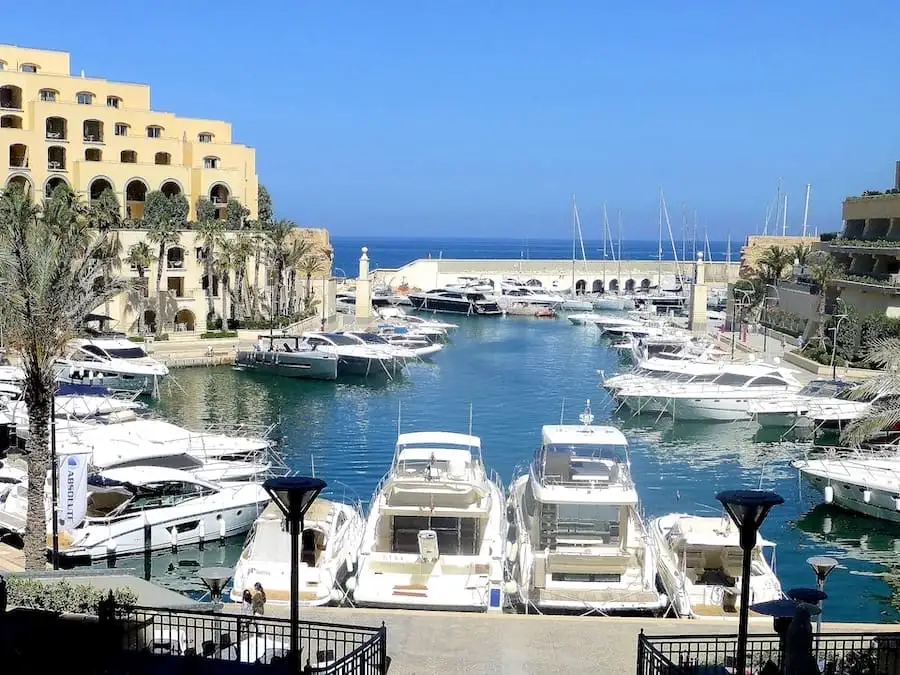Malta
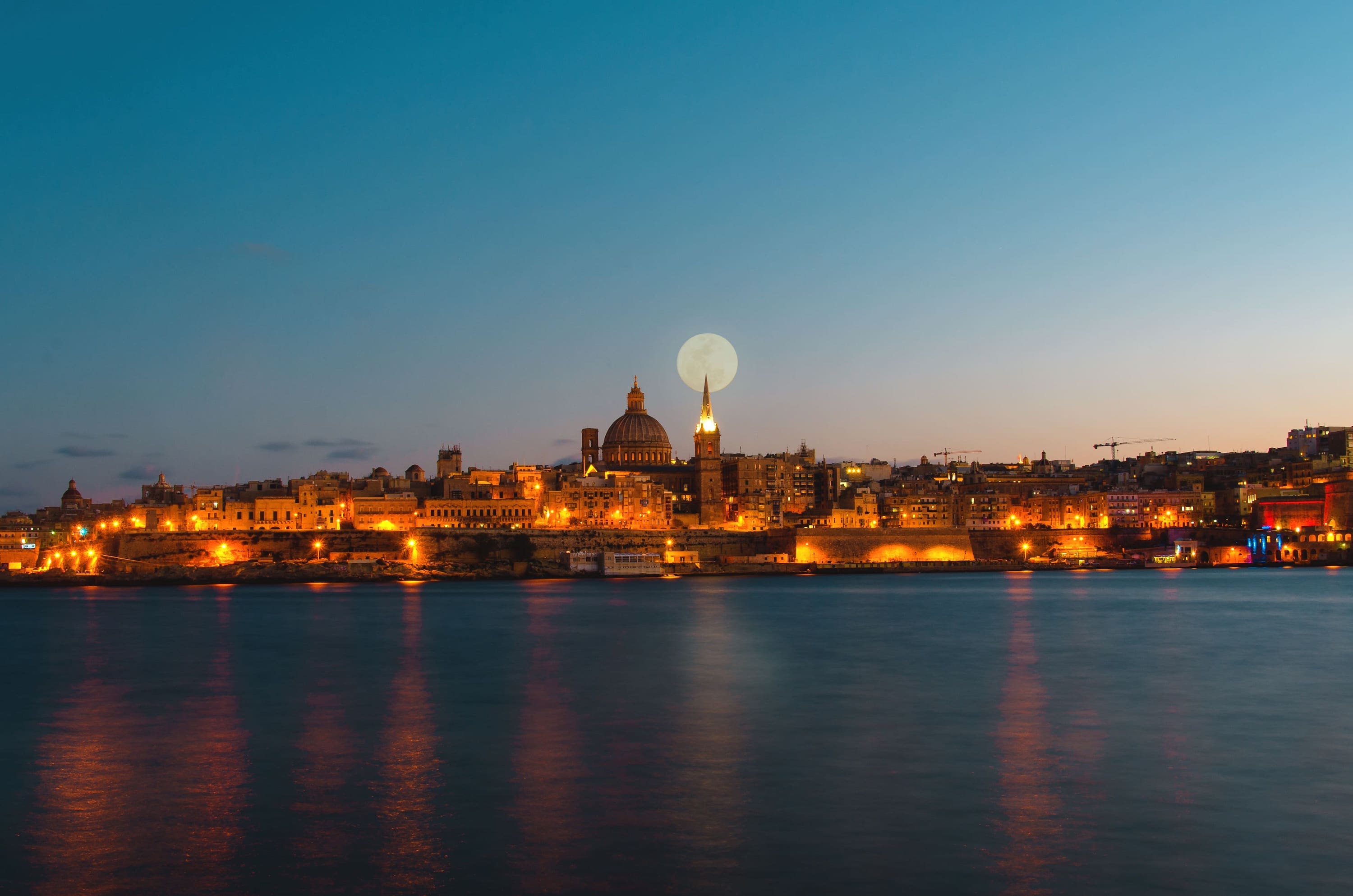
Malta at a Glance
Malta is an archipelago made up of eight islands located in the heart of the Mediterranean, south of Sicily. A member of both the European Union and the Eurozone, it is the smallest EU state in terms of area (only 316 km²) and population (563,433 inhabitants).
Its capital, Valletta, is a magnificent fortified city listed as a World Heritage Site. Two languages are spoken across the archipelago: Maltese, the traditional language, and English, the language commonly used in daily life and business. In recent years, Malta has become a very popular tourist destination, attracting more than 3.5 million visitors per year, drawn by its rich historical and cultural heritage, a legacy of the Knights of the Order of Malta, its sunny climate, and its crystal-clear waters.
Malta’s Iconic Sites
The Maltese archipelago has many iconic sites to discover, guaranteed to delight travelers. Historical sites, such as Valletta or Mdina, to immerse yourself in Malta’s culture and history. Exceptional geological sites, like the Blue Lagoon or the Blue Grotto, as well as many lively tourist spots like Popeye Village, perfect for entertainment.
When to Visit Malta?
The Maltese archipelago enjoys a Mediterranean climate. Temperatures are mild in winter and hot and dry in summer, frequently exceeding 35°C. You can travel to Malta all year round; however, some periods are more suitable for certain activities. Moreover, prices, especially hotel rates, are heavily impacted by the seasonal tourist influx.
| Jan | Feb | Mar | Apr | May | Jun | Jul | Aug | Sep | Oct | Nov | Dec | |
|---|---|---|---|---|---|---|---|---|---|---|---|---|
| Review | Average | Average | Good | Good | Very good | Excellent | Good | Good | Excellent | Very good | Good | Average |
| Tourist attendance | Low | Low | Medium | Medium | High | High | Very high | Very high | High | Medium | Low | Low |
| Hotel prices | Low | Low | Average | Average | High | High | Very high | Very high | High | High | Average | Low |
| Max T° 2024 | 24.5°C | 20.5°C | 24.3°C | 25.3°C | 32.3°C | 35.8°C | 37.0°C | 37.00°C | 34.2°C | 29.9°C | 25.1°C | 21.3°C |
| Average T° 2024 | 12.8°C | 12.2°C | 13.3°C | 15.6°C | 19.4°C | 23.3°C | 26.1°C | 26.7°C | 24.4°C | 21.1°C | 17.8°C | 13.8°C |
| Min T° 2024 | 6.7°C | 7.4°C | 8.6°C | 9.2°C | 12.4°C | 16.7°C | 20.2°C | 23.6°C | 18.1°C | 16.2°C | 10.2°C | 8.4°C |
| Rainy days | 7.8 | 6.5 | 5.1 | 3.7 | 2.0 | 0.7 | 0.4 | 1.1 | 4.2 | 7.1 | 8.4 | 8.9 |
| Sea temperature | 16°C | 16°C | 16°C | 16°C | 18°C | 22°C | 25°C | 26°C | 26°C | 23°C | 21°C | 18°C |
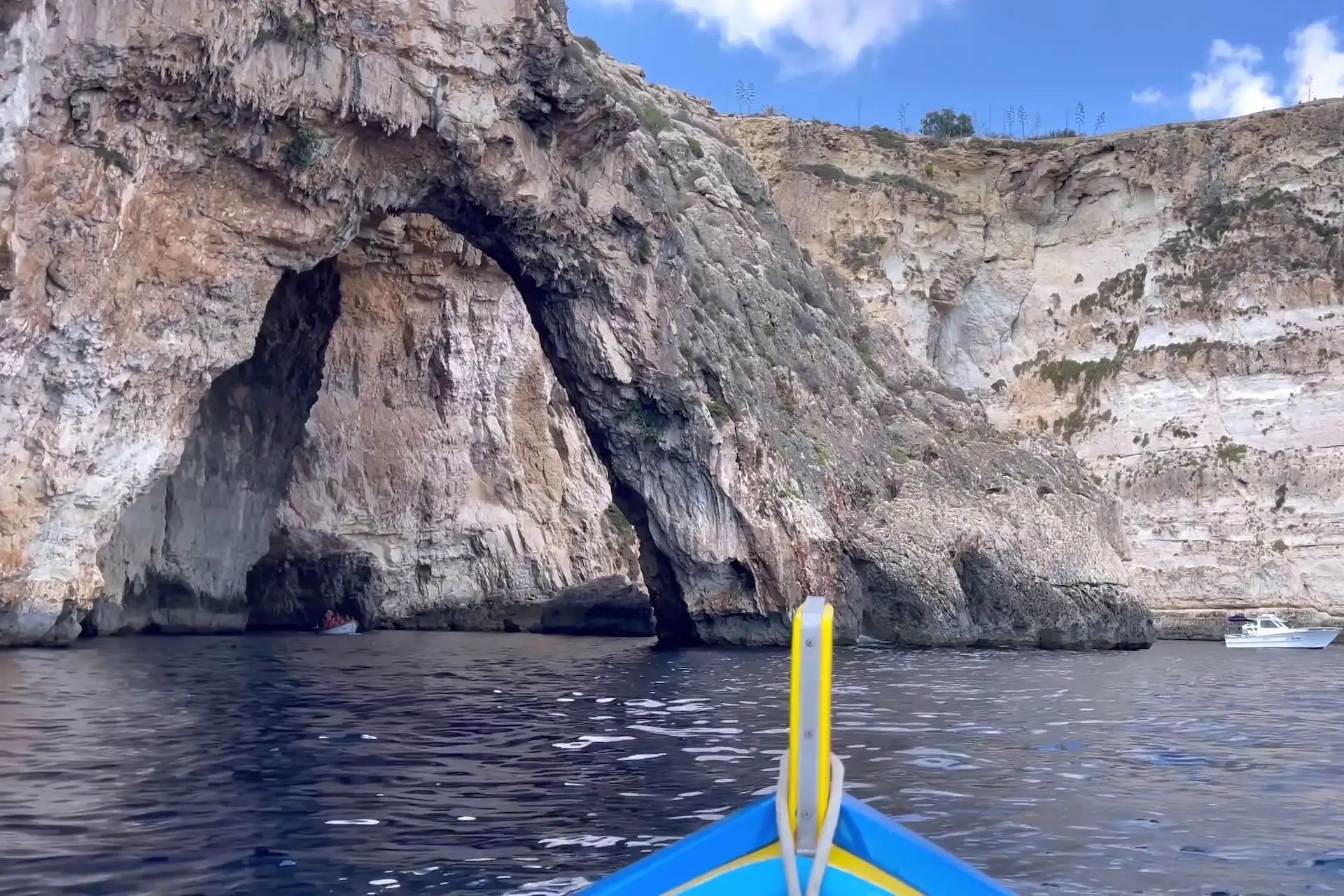
Unmissable Activities in Malta
A unique archipelago with a Mediterranean climate, an exceptional maritime environment, and a rich historical heritage, featuring three UNESCO World Heritage sites.
Activities in MaltaWhat to See and Do in Malta?
There are many things to do and see in Malta. The archipelago is full of must-see sites that combine history, culture, and outstanding landscapes. From a boat trip to the Blue Lagoon, discovering the picturesque fishing village of Marsaxlokk, or visiting the original “Popeye Village,” a theme park dedicated to the famous sailor, every traveler will find something to enrich their stay, no matter their profile or interests.
Tips for a Successful Trip to Malta
Check out our recommendations, tips, and pitfalls to avoid for planning an unforgettable trip to Malta.
11 Tips for a Stay in MaltaPlaces to Discover in Malta
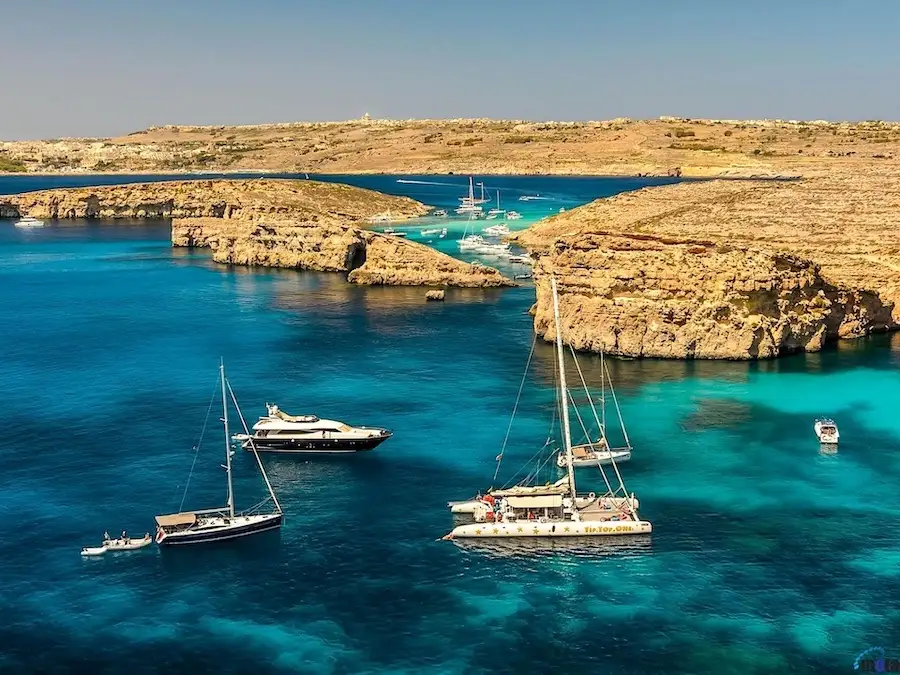
The Blue Lagoon
A highlight of Malta, the Blue Lagoon and its crystal-clear waters are a must-see during any stay on the archipelago.
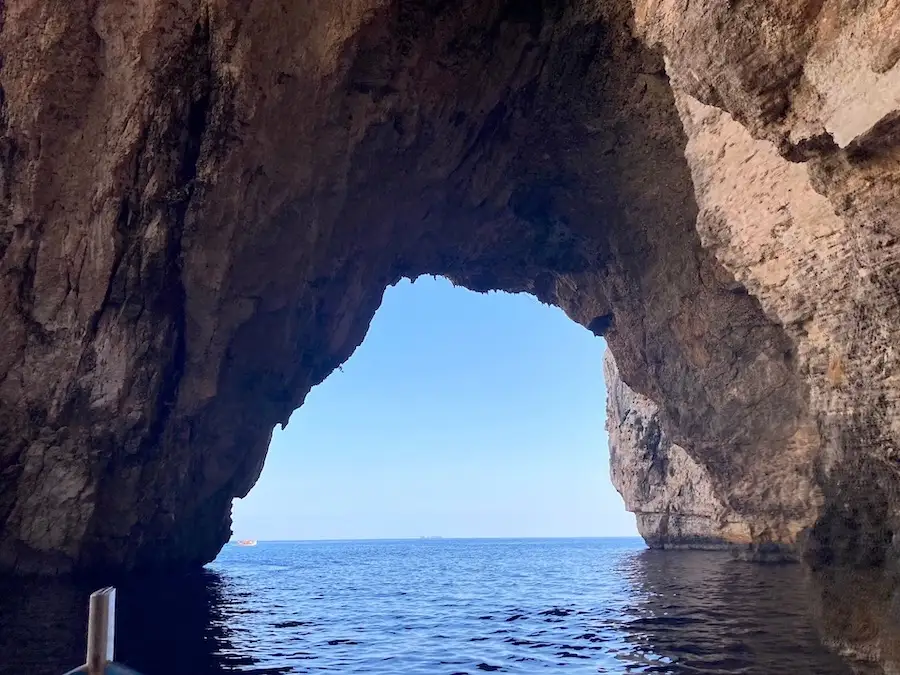
The Blue Grotto
The “Blue Grotto” is one of Malta’s most popular attractions. Located on the southern coast, this geological formation comprises several spectacular sea caves. The azure color of the water inside makes it a unique and unmissable site.
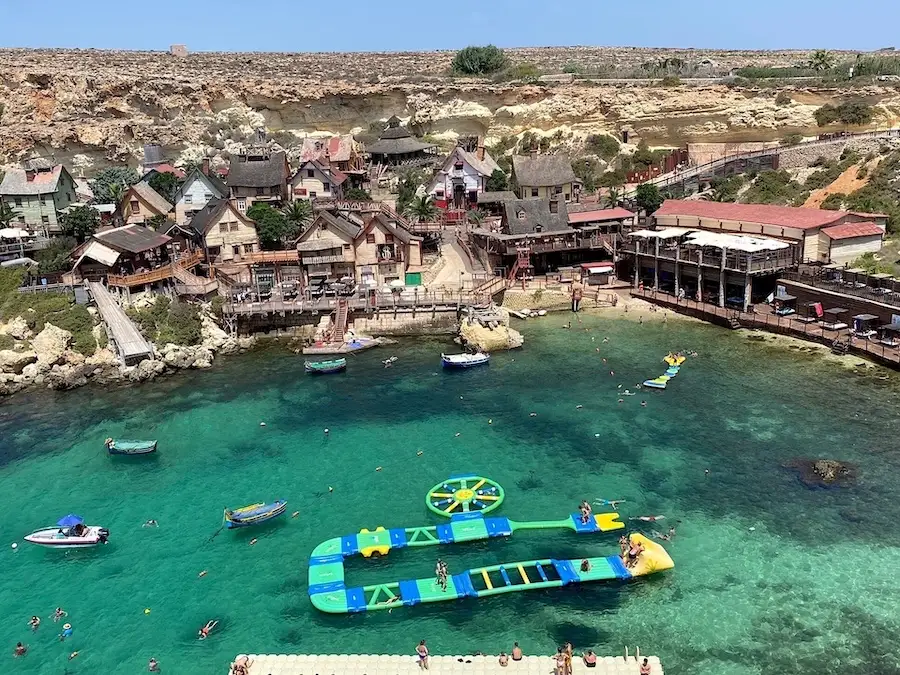
Popeye Village
Popeye Village is Malta’s main theme park and one of the archipelago’s top tourist attractions. This reconstructed village based on the Popeye theme offers a range of activities for kids and adults alike.
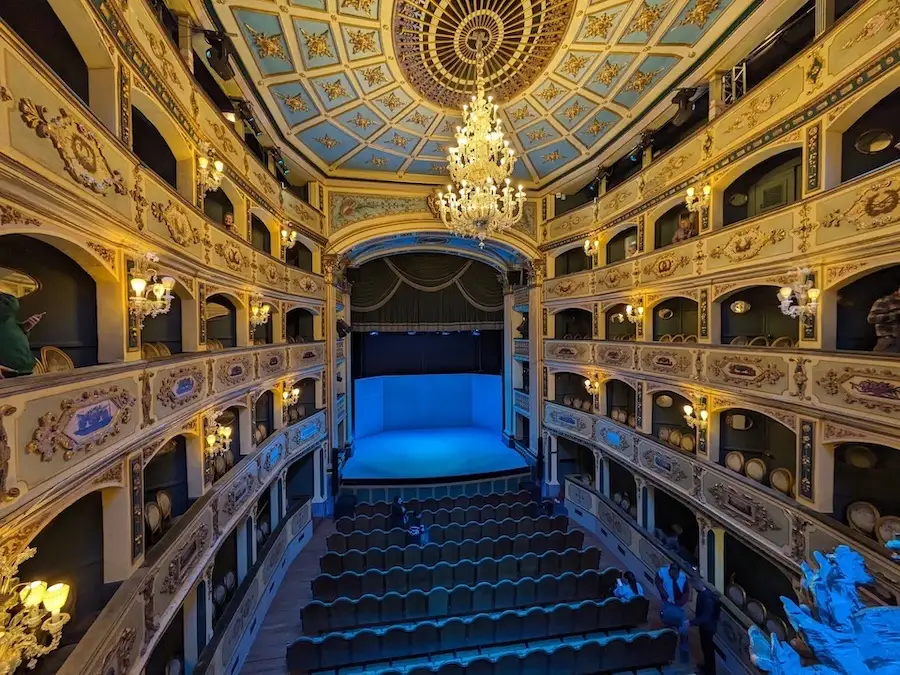
The Manoel Theatre
Manoel Theatre is the third oldest theater in Europe still in operation. This historic venue charms visitors with its extraordinary architecture and unique ambiance.
The Beaches of Malta
Although Malta is sometimes called the “rock” due to its terrain largely characterized by steep cliffs, caves, and rocky formations, the archipelago is home to some beautiful sandy beaches. From Malta to Gozo, passing through Comino, a wide variety of beaches of all sizes—whether popular or more secluded—will meet the needs of all holidaymakers.
Travel Guide to Malta
To best organize your stay in Malta, it’s essential to have the right information: transportation, hotels, Malta International Airport in Luqa, maps of the archipelago, as well as all the things you need to know. Our practical guides will help you plan your trip so that you can set off for Malta with peace of mind.
